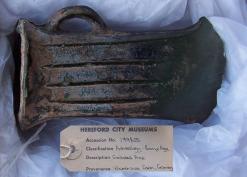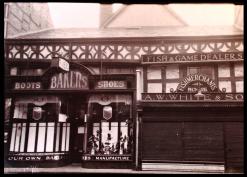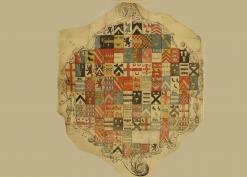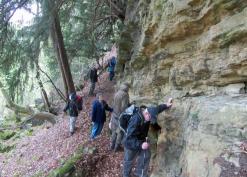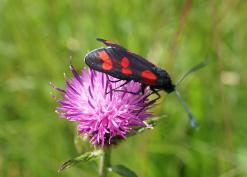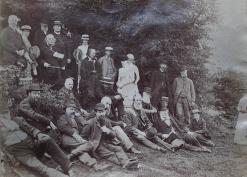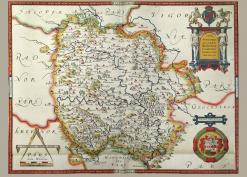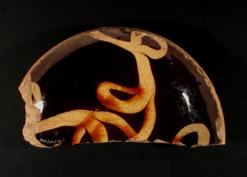Buildings
Buildings
As well as the obviously historical buildings such as castles and churches, Herefordshire has a particularly fine stock of timber-framed buildings, though this is not always obvious from the outside. The adjectives ‘half-timbered’ and ‘black and white’ are not used these days, though there is the Black and White trail around the houses in the north of the county. Except in grander houses where the timber-framing was designed as a show of wealth, the exterior timbers and panels alike were often covered over with lime mortar to try to keep out the wind and rain. Even where exposed, the timbers were not usually painted black until the 19th century.
Since the 1920s there has been a much greater appreciation of the humbler buildings in the county with the study of ‘Vernacular Architecture’. Although buildings had been visited by Club members from early in its history and reports appeared in the Transactions it wasn’t until the early 1960s that Jim Tonkin began his Vernacular Architecture (later Buildings) group. Buildings reports have appeared regularly in the Transactions since then and Duncan James has carried on the tradition since.
The Royal Commission on the Historical Monuments of England (RCHME)
The Club had been given permission to publish on the website images of the RCHME surveyors’ notebooks but this has now been withdrawn. These give far more information on the buildings they found, including photographs, not included in the printed volumes for Herefordshire. The surveyors missed some buildings and the original date limitation – built before 1714 – has been altered, so new items have been added to the ‘list’ of historical monuments since. Herefordshire has more than 260 parishes and processing them for viewing will take some time. Check the list of parishes to see which have be done.
The three printed volumes can be accessed at Volume 1 – South-west, Volume 2 – East, Volume 3 – North-west.
